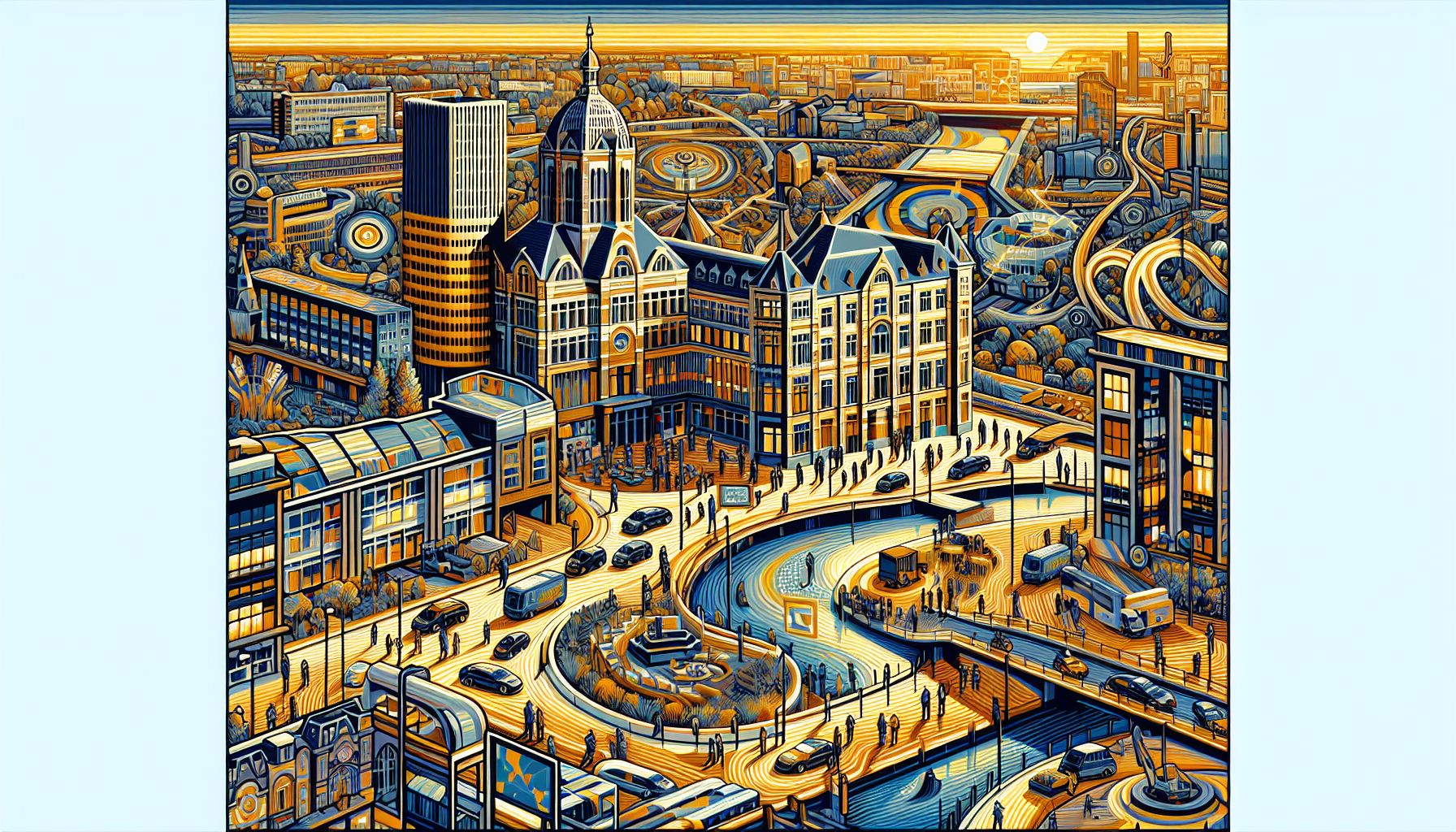The Hague Highlights Five Years of Smart City Innovations

The Hague, Thursday, 19 December 2024.
The Hague has shared its successes and learnings from implementing smart city technologies over five years, enhancing urban efficiency and public services through innovative infrastructure projects.
Scheveningen Living Lab: A Smart Infrastructure Foundation
At the heart of The Hague’s smart city initiative is the Scheveningen Living Lab, powered by an extensive fiber optic network that connects various street facilities [1]. The infrastructure integrates lampposts, kiosks, and charging stations, enabling the deployment of sensors, cameras, and network equipment throughout the urban environment [1]. This comprehensive digital backbone has proven essential for implementing and testing various smart city solutions, aligning with broader European efforts to create more technologically advanced urban spaces [4].
Successful Implementation of Crowd Management
A standout achievement has been the Crowd Safety Manager (CSM), which provides real-time crowd monitoring capabilities [1]. This sophisticated system integrates data from multiple sources, including traffic registrations, parking systems, and public transportation, creating detailed 3D maps for municipal employees, police, and event organizers [1]. The system’s effectiveness was notably demonstrated during the Invictus Games, where it helped authorities proactively manage crowd flow and parking facilities [1].
Privacy-Conscious Maritime Innovation
In Scheveningen harbor, the municipality has successfully implemented an automated ship registration system that enhances maritime safety while maintaining privacy standards [1]. This technology demonstrates The Hague’s commitment to balancing innovation with privacy concerns, a crucial consideration highlighted by European city leaders in their push for human-centered digital transformation [4].
Learning from Challenges
Not all innovations proved sustainable or necessary. The municipality has been transparent about discontinued projects, including a pilot for riot recognition that faced technical challenges, and a smart camera system for detecting nitrous oxide use that became redundant when the social issue it addressed naturally subsided [1]. This approach aligns with broader European trends in smart city development, where cities are increasingly focusing on practical, needs-based solutions rather than technology for technology’s sake [3].

